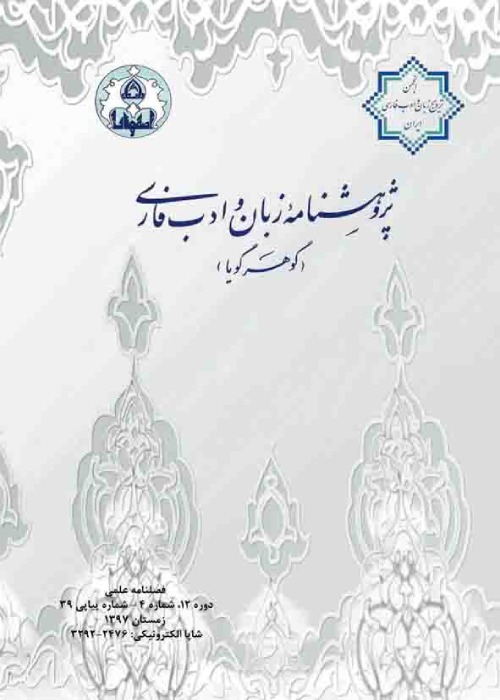A Study of the Genealogical Process of Sheikh Safi al-Din Ardabili Derived from Ibn Bazzaz's Manuscript and the Relevant Religious and Royal Manipulations and Its Reflection in Safavid Sources
The issue of the sovereignty of Sheikh Safi al-Din Ardabili, the ancestor of the Safavids, is one of the most controversial issues in Safavid history. The major document for recognizing the genealogy of the Safavids is the book called Safwat al-Safa, which was written by Ibn Bazzaz Ardabili (authored in 759 AH) in his translation of Sheikh Safi-al-Din’s life, sayings, and virtues, but has been subjected to many encroachments from the very beginning. To resolve the disputes related to Sheikh Safi al-Din’s sovereignty, the authors of this article decided to clarify the situations of the mentioned Sheikh’s sovereignty and the Safavid dynasty via their genealogy and scriptological assessments of the different manuscripts of Safwat al-Safa, thus reflecting the mentioned changes in the Safavid sources. Our scriptological studies were indicative of the traces of Sheikh Safi al-Din's sovereignty in a manuscript so similar to that of the authors. There were seen gradual and step-by-step efforts of Safavid religious leaders to emphasize his sovereignty and attribute it to Husseini sovereignty in the pre-Safavid manuscripts, as well as Mir abol-Fath's conscious and sudden efforts to complete his claim of Sheikh Safi al-Din's sovereignty by attributing his ancestors and descendents to Husseini sovereignty and ascribing Sheikh Zahed Gilani, his master and father-in-law, to the household of sovereignty in Safavid manuscripts. Hence, the aim of Safavid religious leaders was to prove Sheikh Safi al-Din’s sovereignty and supremacy of Safavid religious path over those of other sheikhs and mystical sects by attributing his sovereignty to Husseini sovereignty, while Mir abol-Fath's purpose was to prove attributions of Sheikh Safi al-Din to Husseini sovereignty and Safavid rulers to Sheikh Safi al-Din, thus introducing them as followers of the infallible Imams’ paths throughout the current era of the last Imam’s absence so as to rule Iran and gain political legitimacy. The historians’ discrepant and contradictory attitudes about Sheikh Safi al-Din’s sovereignty were found to have been reflected in the historical sources. Accordingly, historical sources are divided into the three categories of silent, hesitant, and affirmative sources.
- حق عضویت دریافتی صرف حمایت از نشریات عضو و نگهداری، تکمیل و توسعه مگیران میشود.
- پرداخت حق اشتراک و دانلود مقالات اجازه بازنشر آن در سایر رسانههای چاپی و دیجیتال را به کاربر نمیدهد.



